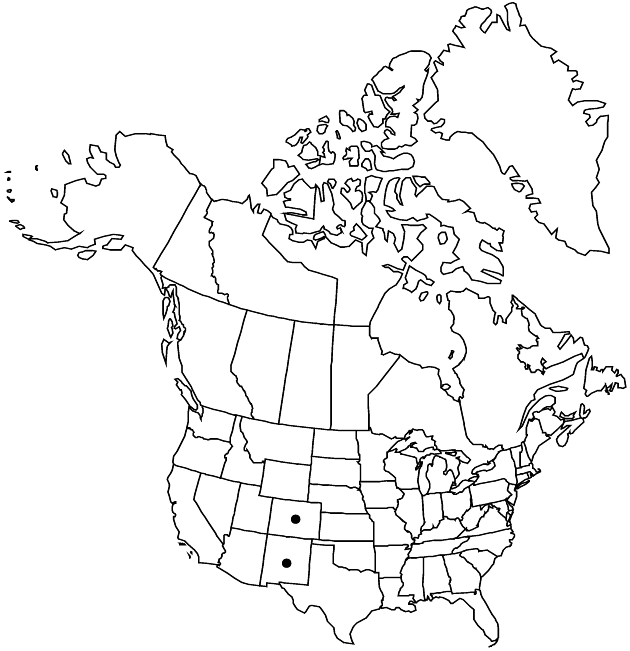Difference between revisions of "Senecio amplectens var. amplectens"
Endemic
Synonyms: Senecio pagosanus A. Heller
Treatment appears in FNA Volume 20. Treatment on page 552.
imported>Volume Importer |
imported>Volume Importer |
||
| Line 49: | Line 49: | ||
|publication year= | |publication year= | ||
|special status=Endemic | |special status=Endemic | ||
| − | |source xml=https:// | + | |source xml=https://bitbucket.org/aafc-mbb/fna-data-curation/src/2e0870ddd59836b60bcf96646a41e87ea5a5943a/coarse_grained_fna_xml/V19-20-21/V20_1216.xml |
|tribe=Asteraceae tribe Senecioneae | |tribe=Asteraceae tribe Senecioneae | ||
|genus=Senecio | |genus=Senecio | ||
Latest revision as of 19:59, 5 November 2020
Plants (30–)40–60+; herbage sometimes sparsely hairy. Stems single or loosely clustered (relatively stiff-erect). Leaves mostly proximal and mid cauline (basal smaller, usually withering before flowering). Phyllaries frequently black or purplish toward tips, sometimes with black hairs on abaxial faces.
Phenology: Flowering mid–late summer.
Habitat: Damp or drying, loose, rocky sites in upper conifer associations and near timberline
Elevation: 3100–4100 m
Discussion
Selected References
None.
Lower Taxa
None.
